My expectations of the Grand Bunker Musée (museum) were not all that high when I eventually got around to visiting, but it turned out to be really interesting.
I originally thought the 16m tall concrete bunker, which has been restored to its 1944 condition, was a flak tower, but it was actually designed to be a ‘Hochleitstand’ – a control tower and rangefinder for a battery of 155mm artillery covering the entrance to the River Orne. Most ‘Atlantic Wall’ installations in Normandy benefitted from being up high and overlooking the coast, but here on the edge of the the Orne Estuary the coast and hinterland are flat, so they needed to build a tower.
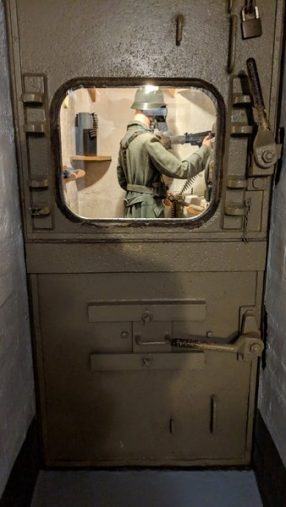
Located just behind what was to become Sword Beach, it was also designed to be near impregnable to a commando or full scale infantry attack, as you can plainly see when you start your tour inside. Even if assailants got through the armoured door, they’d then find themselves in a killing zone corridor with more doors to get through before they could make their way up the narrow circular stairs to the rooms at each level.
In that respect, the bunker design was successful. On D-Day, the French & British special forces tried an assault but were forced to skirt around the tower and move on. The Germans defended the tower for three days before Lieutenant Bob Orrell of the Royal Engineers, with a team of three men, set two explosive charges one after the other to blow up the armour-plated door. Altogether it took them four hours to break it open! The garrison of two officers and fifty men then surrendered and the liberation of Ouistreham was complete.
Outside the Grand Bunker
A visit to the Grand Bunker starts outside where there is a small collection of vehicles and weapons including a restored Higgins landing craft and the rusty remains of an American M7 Priest self-propelled gun (SPG), which fell to the seabed off Omaha Beach early on June 6th 1944 when a German shell hit and capsized the tank landing craft it was on. Four M7s of the 58th Armoured Field Artillery regiment went to the bottom, together with a half-track, a jeep and several ammo & equipment trailers. They were discovered in the 60s and this rare example was recovered in 1982.
There’s a well restored M3 Stuart light tank. The M3 was an American made tank, used in this example by the British Army as a scout. This version was adapted for beach landings in up to 1 metre of water. The hull was waterproofed and the air intake & exhaust mounted high up. A few days after landing on 6th June, this one was also equipped with a hedge cutter to make getting through the Normandy bocage (thick hedgerows) easier.
And there are a couple of artillery pieces: a German 88mm flak gun, and a British Quick Firing (QF) 25-pounder field gun.
Inside the Grand Bunker
The 5-floors of the bunker have been restored to their June 1944 condition, with dioramas illustrating their purpose. So, in the basement, in addition to the defensive positions, there is the generator room and the ventilation room.
As with all the German bunkers on the Atlantic Wall, this bunker was designed to handle a gas attack. The armoured doors were air tight and filters decontaminated the air pumped into the structure, which was kept pressurised. Of course, when sealed, that meant there was a danger that carbon dioxide could quickly build up. So the ventilation had to be efficient, and stoves for heating & cooking had to have their own intake and extraction system.
The second floor was where the mess, living quarters, infirmary & quartermasters stores were based.
The third and fourth floors are the heart of the bunker, where the telephone switchboard was, the radio room, and the command centre itself. Now, the third floor is mostly given over to Atlantic Wall and D-Day exhibits.
The fifth floor is where the large rangefinder is mounted with a 180 degree viewing slit so that it can cover the bay and the entrance to the Orne river.
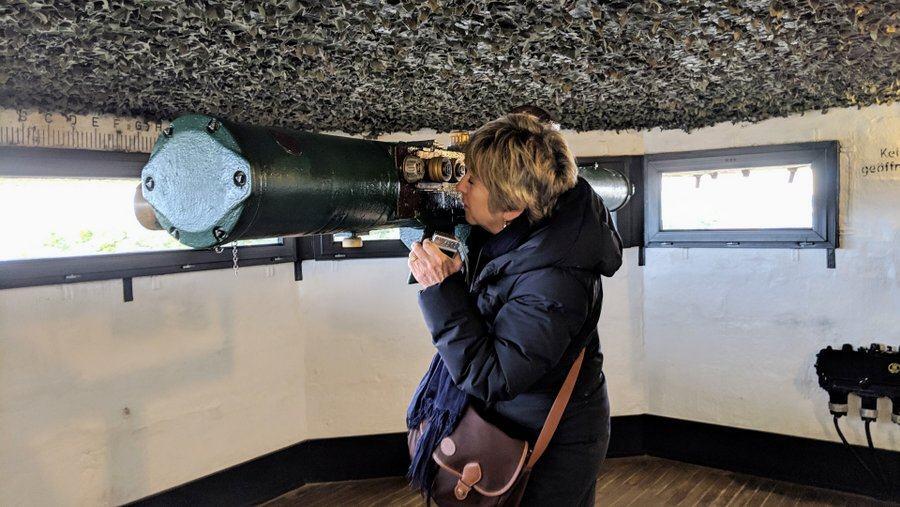
Then finally there is a steel ladder to the roof where the AA guns were mounted (none there now). It’s a surprise and a delight to find that, since April 2017, visitors have been allowed to climb up here ‘at their own risk’.
D-Day Normandy Posts
Declaration: I was on a self-driving press trip as a guest of the Normandie and Calvados tourist offices. Entry to the museum was complementary.
Factbox
Website:
Le Grand Bunker
Getting there: Le Grand Bunker – Museum of the Atlantikwall
Avenue du 6 Juin
Ouistreham 14150
France
As one of the tallest structures in Ouistreham it’s easy to find. Head for the ferry terminal and then turn left along the beach. Le Grand Bunker is set back from the beach and well signposted. The parking zones in the surrounding street are Pay & Display during the summer and free during the winter (01 Oct – 31 Mar).
Entry Price:
| Individual | Group (15+) | |
|---|---|---|
| Adult | € 7.50 | € 5.80 |
| Child (6-12) | € 5.50 | € 4.10 |
Opening Hours:
| 06 Jan – 08 Feb | Closed |
| 09 Feb – 31 Mar | 10:00 – 18:00 |
| 01 Apr – 30 Sep | 09:00 – 19:00 |
| 01 Oct – 05 Jan | 10:00 – 18:00 |
| Closed on December 25th and January 1st | |

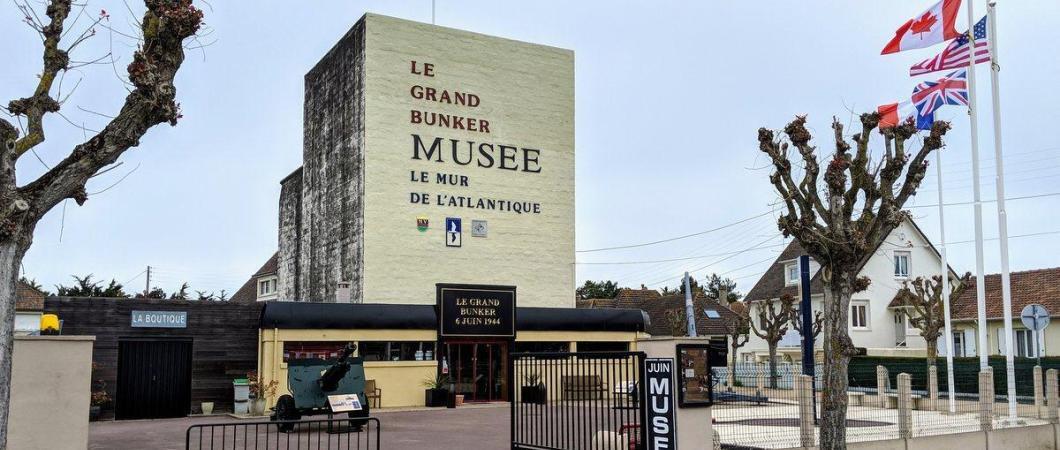
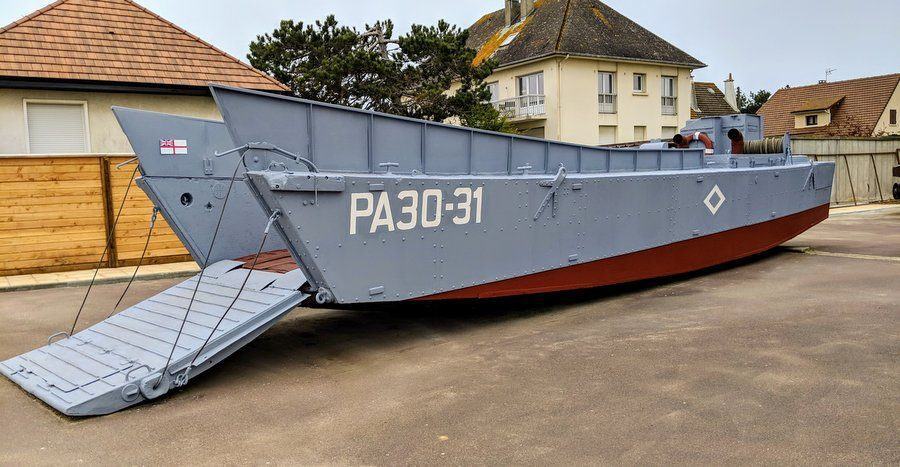
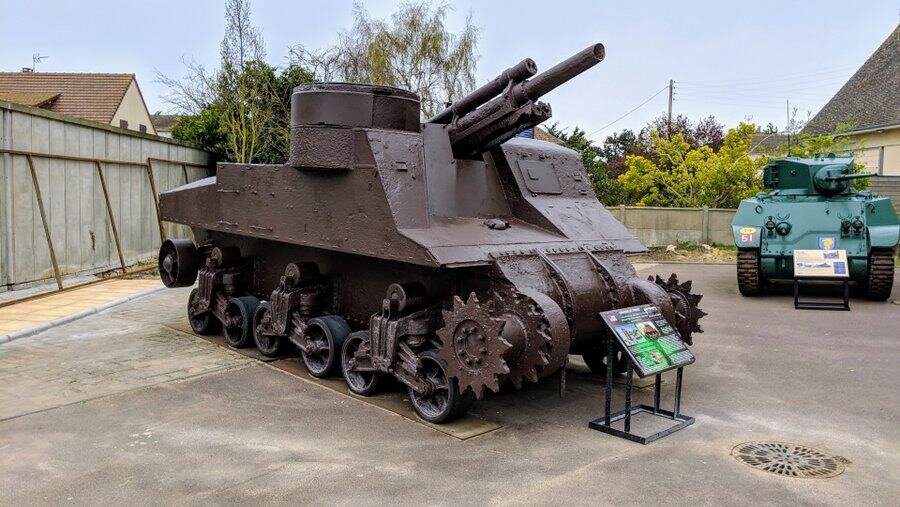
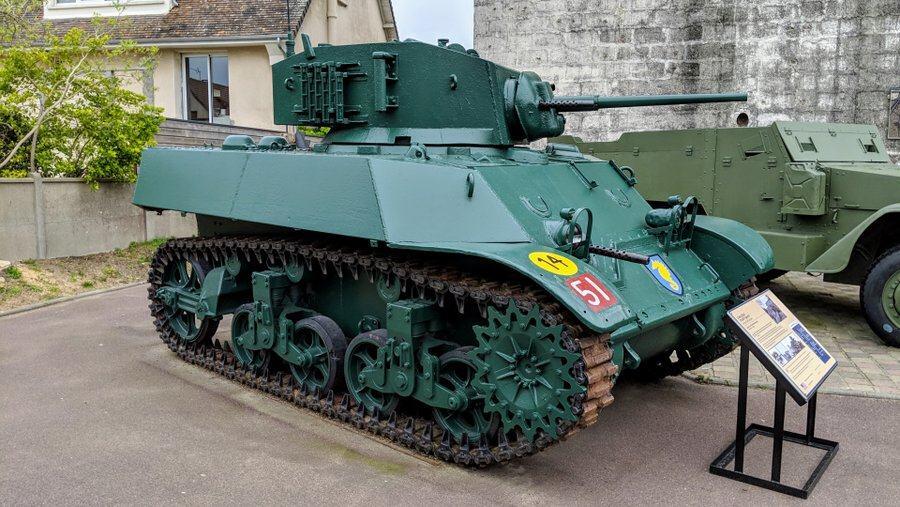
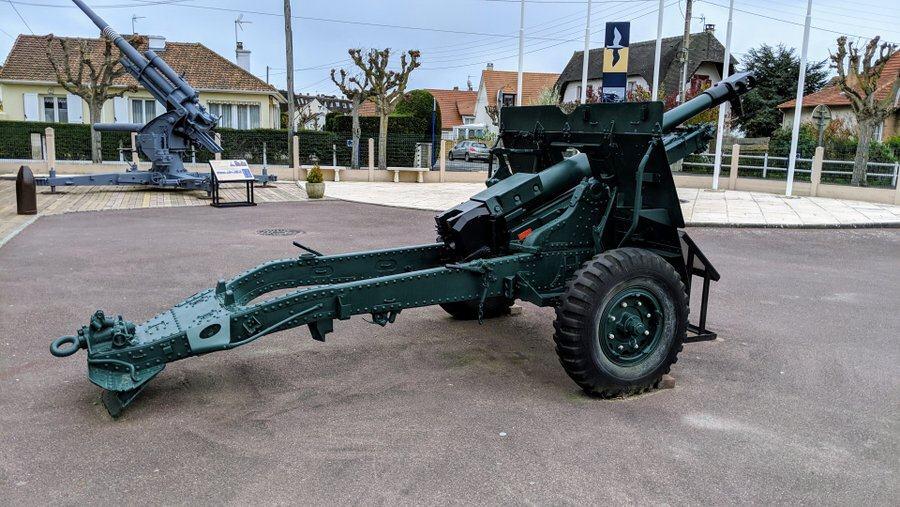
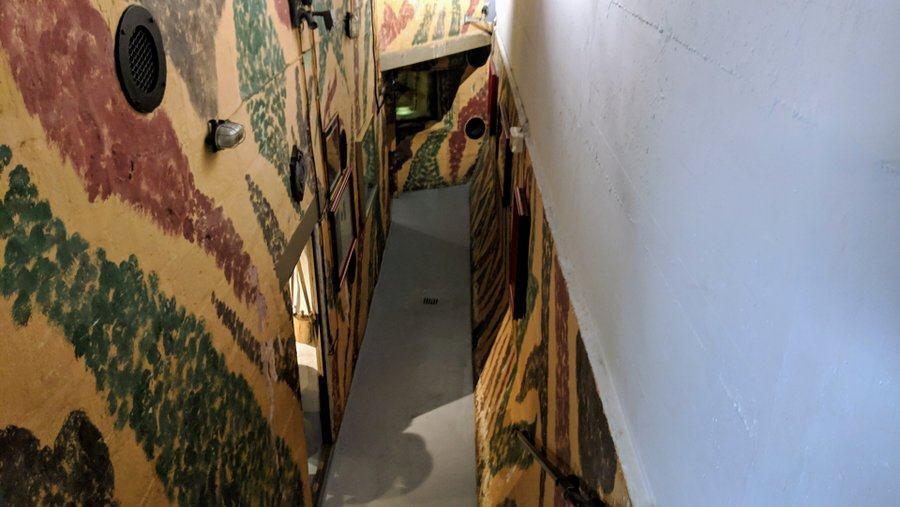

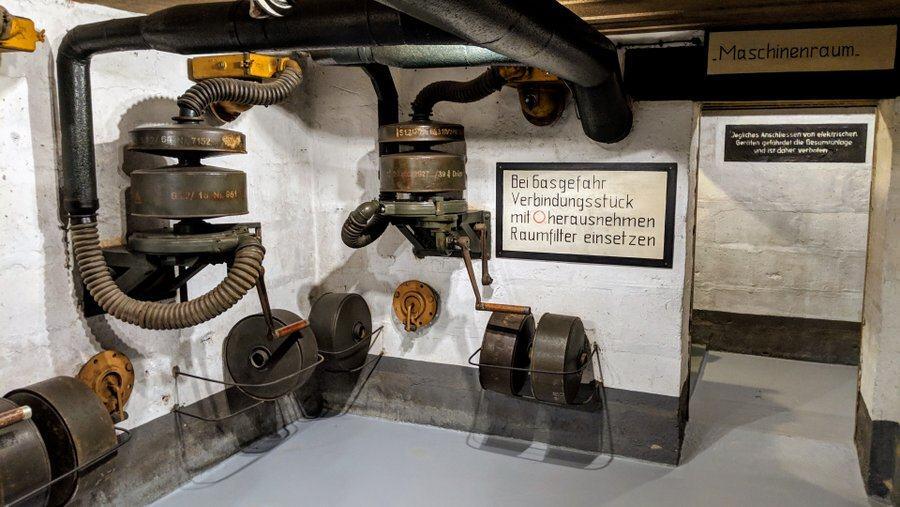
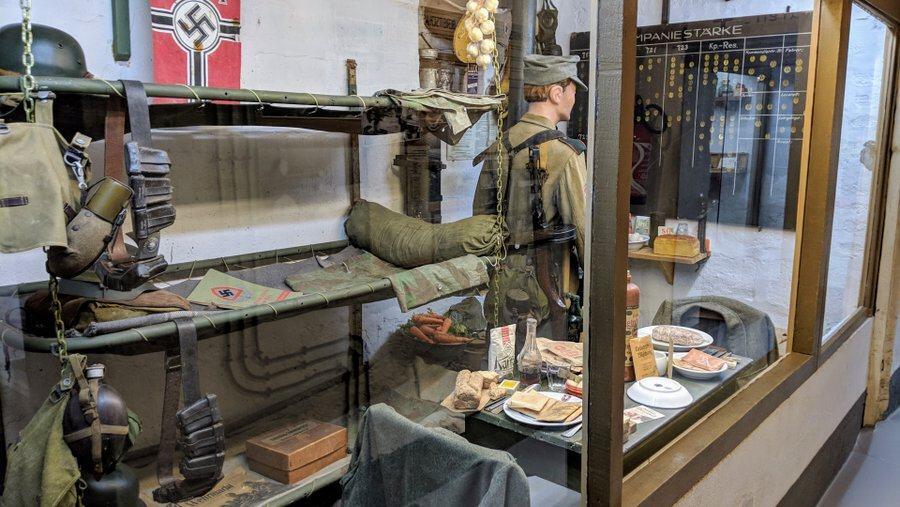
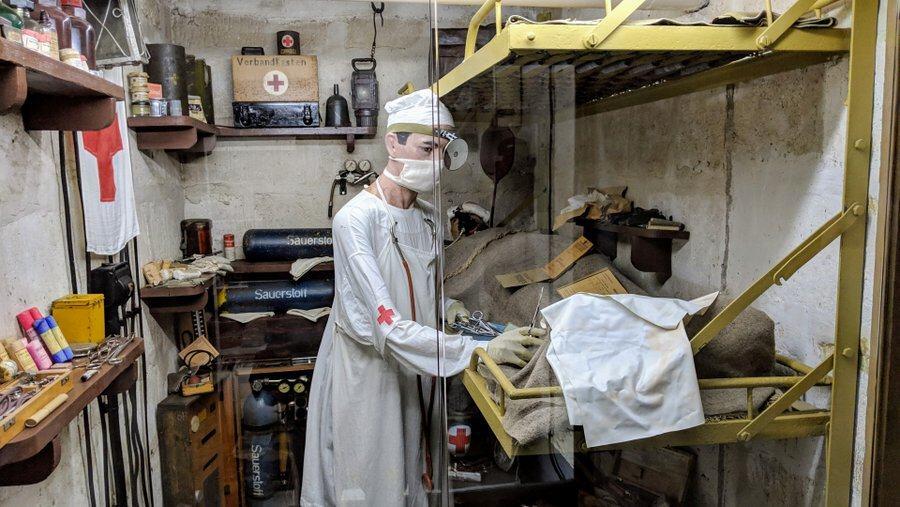
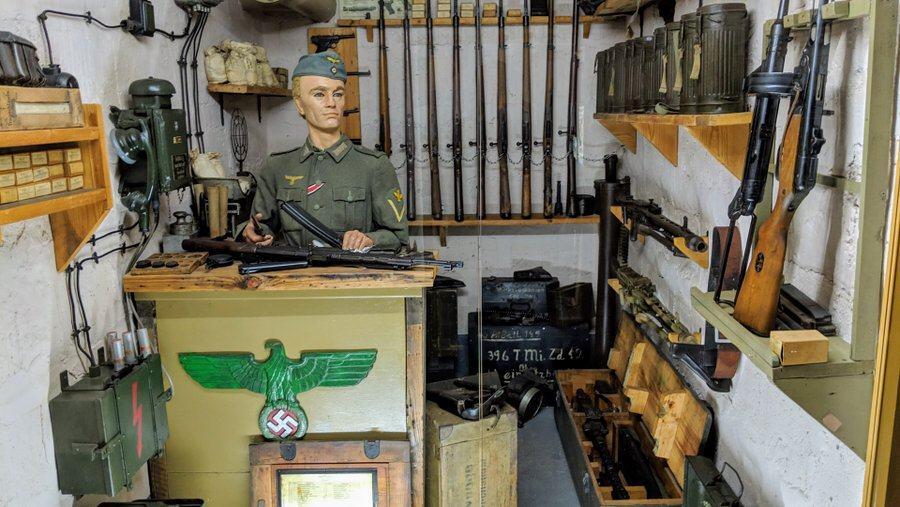
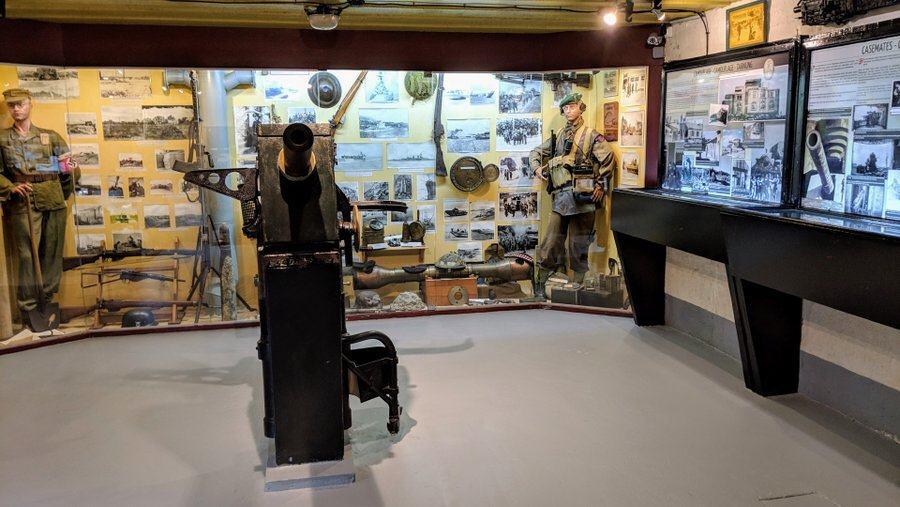
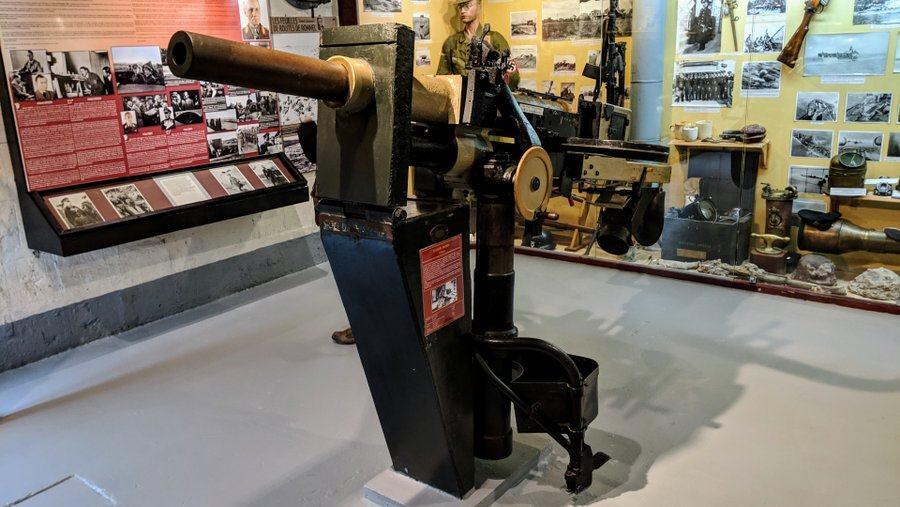
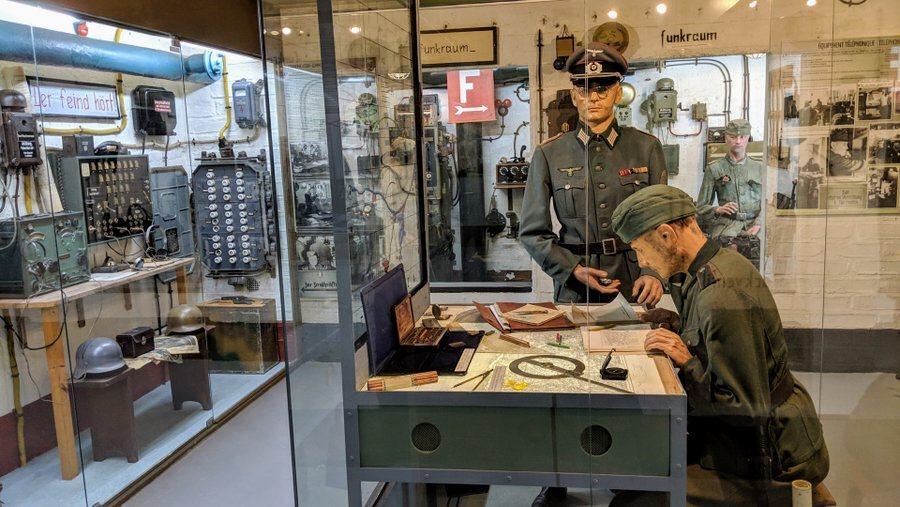



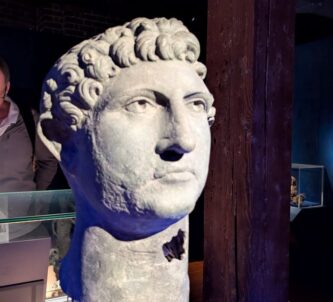
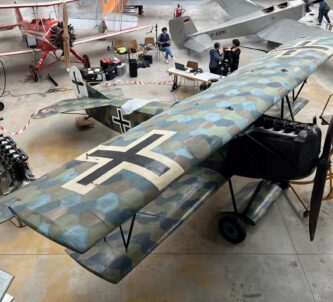

As usual nice visuals and commentary Alastair, one would think to see every museum in the Normandy area would take weeks if not months!!
Thanks Brian. Yeah, certainly two/three weeks if you want to spend time in each. Trouble is, some of them you want to return to to absorb more detail. I set aside an hour to visit the Montormel Memorial & Museum a fortnight ago and it was enough to get an overview but now I feel I need to go back to make proper sense of it.